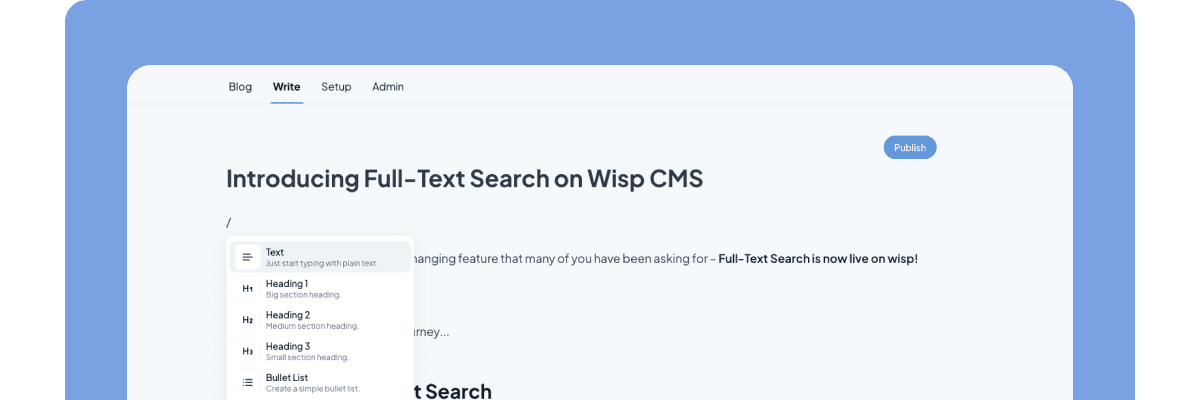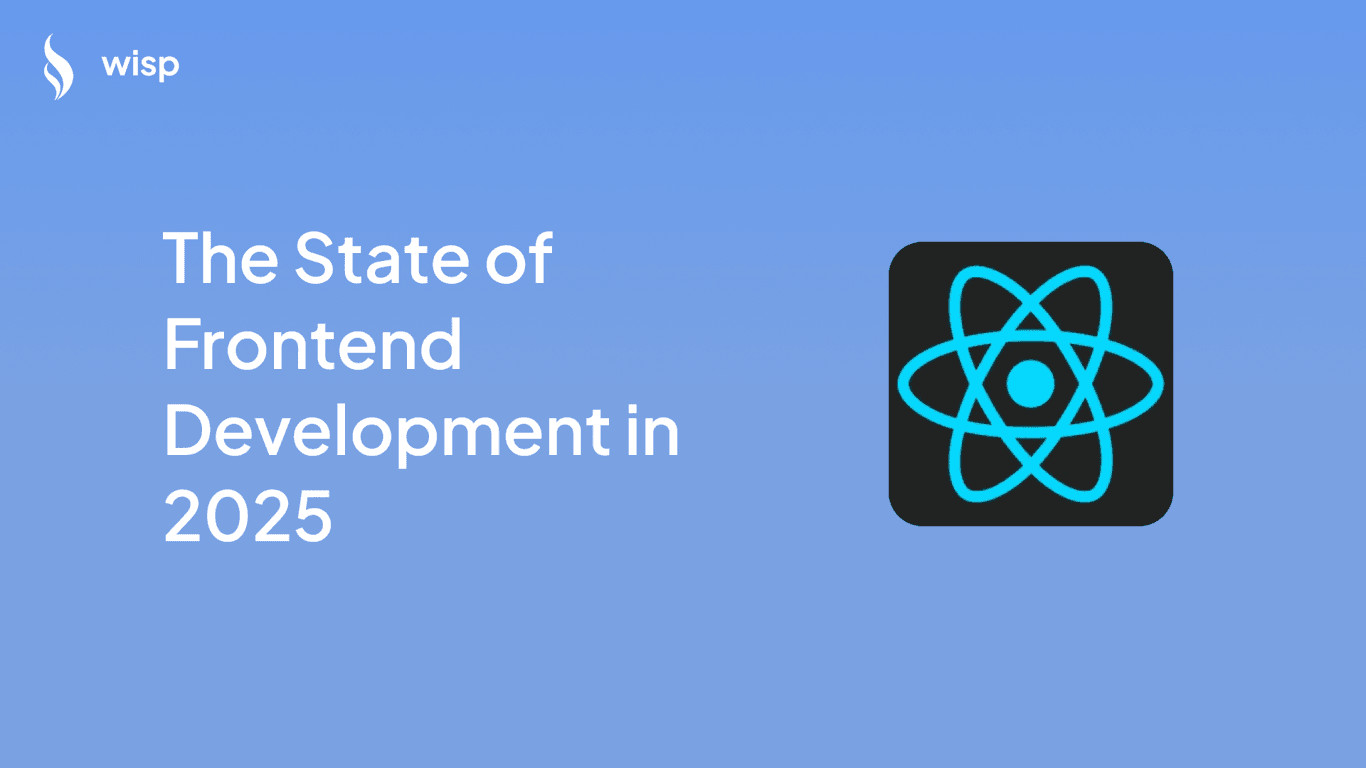
Are you a self-taught developer looking to break into modern web development? You've probably heard about React everywhere - in job postings, tech discussions, and coding bootcamp advertisements. There's a good reason for this ubiquity: React has become the go-to framework for building user interfaces, with over 2 million developers actively using it worldwide.
But if you're just starting your journey or transitioning from vanilla JavaScript, you might be wondering: "Why exactly is React so popular, and how can I get started?"
The Appeal of React: A Self-Taught Developer's Perspective
For many developers who've struggled with vanilla JavaScript, React feels like a breath of fresh air. As one developer on Reddit puts it, "I love how easy it is to render components and state changes, I've hacked together that sort of thing with vanilla JS using virtual DOM to update values and it's really painful."
This sentiment echoes across the development community. React simplifies many of the complex tasks that were traditionally challenging with vanilla JavaScript:
Simplified DOM Manipulation: Instead of manually updating the DOM (which can be error-prone and tedious), React handles these updates automatically through its virtual DOM.
Component-Based Architecture: React lets you break down your user interface into small, reusable pieces called components. Think of them as LEGO blocks that you can combine to build complex applications.
Declarative Approach: Rather than writing step-by-step instructions for how the interface should update (imperative), React lets you declare what you want the result to look like, and it handles the rest.
Why React Dominates the Job Market
The popularity of React isn't just about its technical merits. Here's why it has become a crucial skill for developers:
Massive Adoption: Major companies like Facebook (Meta), Instagram, Netflix, and Airbnb use React, creating a high demand for React developers.
Strong Community Support: With millions of developers using React, you'll find countless resources, tutorials, and solutions to common problems. This robust community makes learning and problem-solving much more manageable.
Career Opportunities: A quick search on job boards reveals thousands of React positions, from junior developers to senior architects. The framework's popularity means more job security and competitive salaries.
Cross-Platform Development: Through React Native, developers can build mobile applications using the same principles they learned for web development, making their skills more versatile.
Getting Started with React: A Practical Approach
If you're feeling overwhelmed about learning React, you're not alone. Many developers initially struggle with concepts like hooks (useEffect, useReducer) and state management. However, with the right approach, you can master React step by step.
1. Set Up Your Development Environment
Before diving into complex concepts, start with setting up your development environment:
# Create a new React project using Vite
npm create vite@latest my-first-react-app -- --template react
cd my-first-react-app
npm install
npm run dev
2. Master the Fundamentals
Focus on these core concepts before moving to advanced features:
JSX Syntax: Learn how to write HTML-like code in your JavaScript files
Components: Understand how to create and use both functional and class components
Props: Master passing data between components
State: Learn basic state management using useState
Event Handling: Practice handling user interactions
3. Build Progressive Projects
Start with simple projects and gradually increase complexity:
Todo List Application: Perfect for learning state management and component interaction
Weather App: Practice working with APIs and handling asynchronous data
E-commerce Product Page: Learn complex state management and user interactions
Social Media Dashboard: Combine multiple concepts into a larger application
4. Learn from the Community
Take advantage of these valuable resources:
Official React Documentation - Recently revamped and extremely beginner-friendly
Online coding platforms like Scrimba and Codecademy
React communities on Reddit and Discord
YouTube tutorials and courses
As one successful learner advises, "Create something. A small project for yourself. Don't get caught up in tutorial hell - build real things!"
Building Your Portfolio: What Employers Want to See
One of the most common questions from self-taught React developers is: "What examples of portfolio projects would impress recruiters during an interview?" As one developer notes, "I know that a simple calculator will not pull it off lol."
Here's what to focus on when building your portfolio:
1. Quality Over Quantity
Instead of creating numerous small projects, focus on building 3-4 high-quality applications that demonstrate:
Complex State Management: Show you can handle complicated data flows
API Integration: Demonstrate working with external data sources
User Authentication: Implement login/signup functionality
Responsive Design: Ensure your applications work well on all devices
Clean Code: Write well-organized, documented code
2. Showcase Real-World Solutions
Consider building:
A full-stack e-commerce platform using React and Firebase
A social media dashboard with real-time updates
A project management tool with multiple features
An interactive data visualization application
3. Document Your Work
For each project, include:
Detailed README files explaining your technical decisions
Live demos
Clear documentation of features and functionality
The problems you solved and challenges you overcame
4. Maintain a Technical Blog
Starting a blog about your React journey can significantly boost your hiring chances. Write about:
Solutions to technical problems you've encountered
Tutorials for implementing specific features
Comparisons of different approaches to solving problems
Your learning experience and insights
Landing Your First React Job
The job search process can be challenging, especially for self-taught developers. As one developer shares, "I've been at it for almost a year, usually applying for 5-10 roles a week. Made it to at least 10 final rounds. It's dehumanizing."
Here's how to improve your chances:
1. Prepare for the Job Search
Build an impressive GitHub profile: Maintain clean, well-documented repositories
Create a professional portfolio website: Use React to build it, showcasing your skills
Network actively: Attend local meetups, participate in online communities
Contribute to open source: Show you can work with existing codebases
2. Address the "No Experience" Challenge
When asked about work experience, focus on:
Your personal projects and their real-world applications
Open source contributions
Freelance work or volunteer projects
Your learning process and growth mindset
3. Keep Learning and Growing
Stay updated with React's latest features and best practices
Learn complementary technologies (TypeScript, Redux, Next.js)
Practice coding challenges on platforms like LeetCode
Build and maintain side projects
Conclusion
React's popularity isn't just a trend - it's based on its ability to solve real problems for developers and businesses alike. While the learning curve might seem steep at first, with persistence and the right approach, you can master React and open doors to exciting career opportunities.
Remember, every successful React developer started as a beginner. Focus on understanding the fundamentals, build meaningful projects, and engage with the community. Your journey to becoming a proficient React developer might be challenging, but the rewards - both in terms of job satisfaction and career opportunities - make it worth the effort.
Start small, stay consistent, and keep building. The React community welcomes you!



